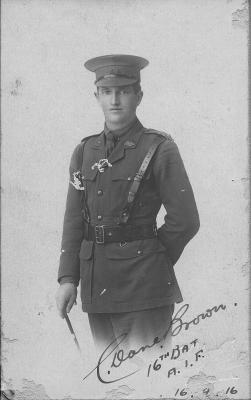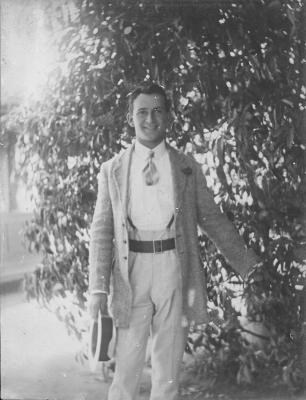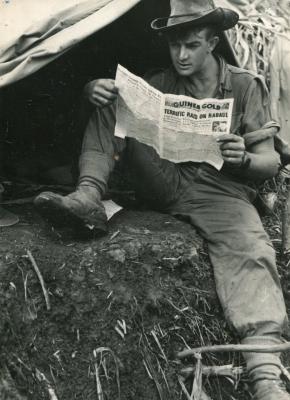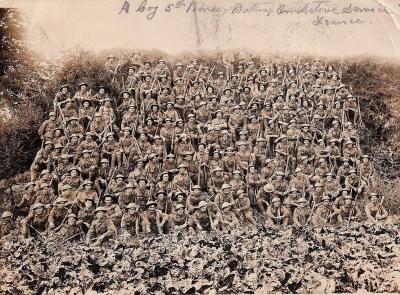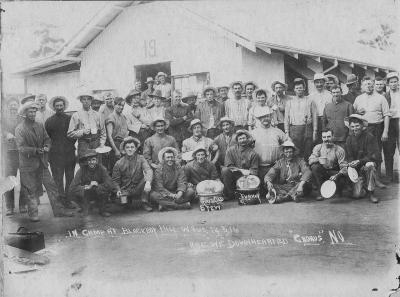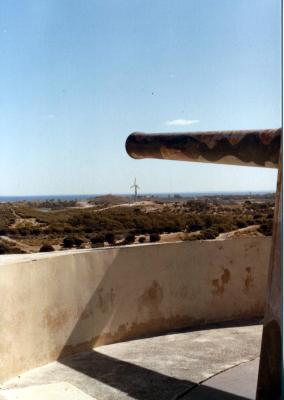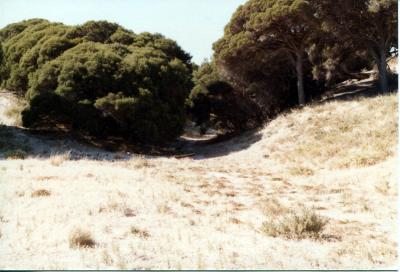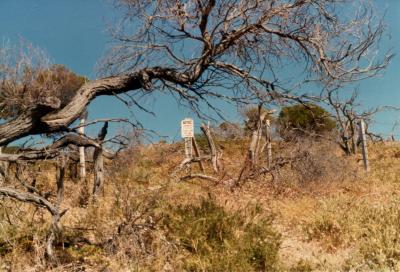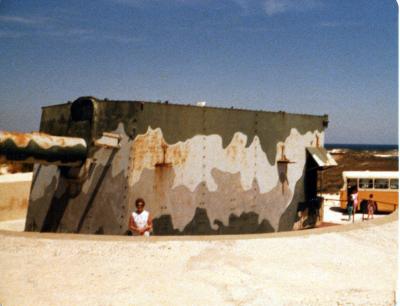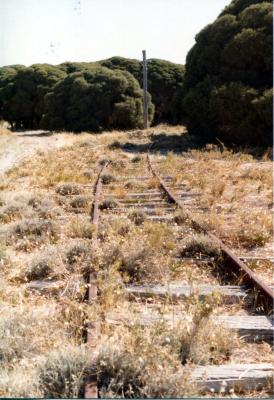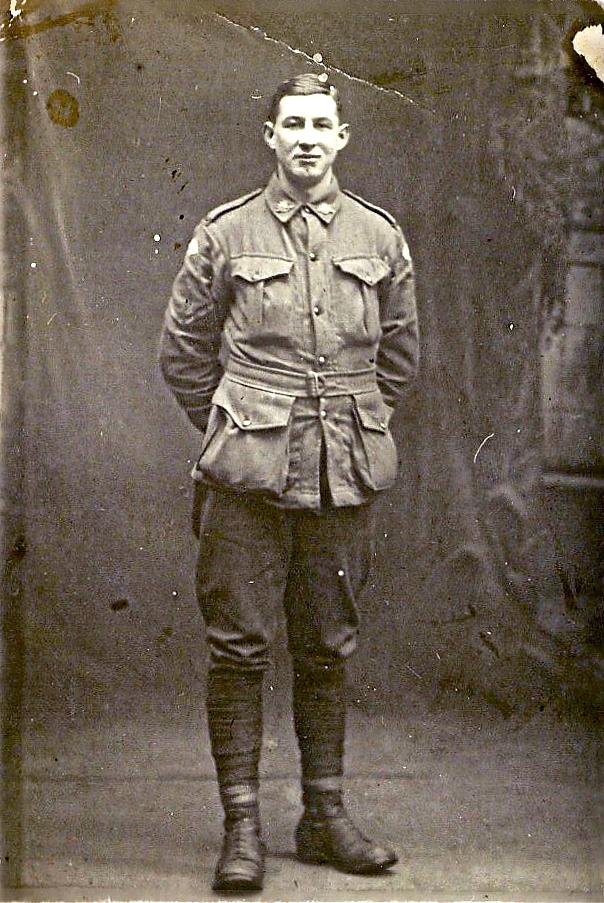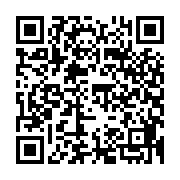World War 1, Europe, 968 PALMER, MM, 44 Battalion, 1917
1917Studio portrait of 968 Sergeant Charles Thomas Palmer, Military Medal, 44 Battalion AIF, January 1917
968 Sergeant Charles Thomas Palmer of Merredin enlisted on 12 January 1916. He embarked from Fremantle, Western Australia, on board HMAT A29 Suevic on 6 June 1916 with 44 Battalion Headquarters assigned to the Pay Corps. He was awarded the Military Medal for gallantry between 22-26 August 1918. He returned to Australia on 2 January 1919.
Details
Details
Military Medal
'During the operations from 22nd August to 26th August, 1918, east of BRAY, this N.C.O. was responsible for the maintenance of telephonic communication within the Battalion Area. Owing to heavy shell fire wires were most frequently broken. On very many occasions when a break occurred, this N.C.O. went forward in heavy shell and machine gun fire and repaired the breaks. Owing to his gallant conduct telephonic communication was maintained throughout the whole of the operations, which enabled the Battalion Commander to keep in touch with all phases of the attack.'
Source: 'Commonwealth Gazette' No. 115, 10 October 1919
The 44th Battalion was an infantry unit of the Australian Army. Raised at Claremont, Western Australia, in February 1916, the battalion formed part of the 11th Brigade, which was part of the 3rd Division, which was formed as part of an expansion of the all-volunteer Australian Imperial Force (AIF). Commanded initially by Lieutenant Colonel William Mansbridge, it earned the nickname "Old Bill's Thousand." The battalion left Australia on 6 June, arrived in Britain for additional training, and reached France in late November. It saw its first frontline action on the Western Front on 29 December.
Throughout the winter of 1916-17, the 44th Battalion alternated between frontline duties and work in rear areas, interrupted only by a major raid on 13 March 1917. Its first significant battle was at Messines in Belgium from 7 to 10 June. Following this, the battalion was actively engaged in the Ypres sector, participating in the battle for Broodseinde Ridge and enduring severe losses. Of the 992 men involved, only 158 returned unscathed by the time the battalion was relieved on 21 October.
For the next five months, the 44th Battalion rotated between rear and front lines in Belgium. When Germany launched its last major offensive in March 1918, the battalion was quickly deployed to France, helping halt the advance on Amiens. As the Allies prepared their own offensive, the 44th took part in the battle at Hamel on 4 July and was involved in the major Allied push starting on 8 August. The battalion's final action was breaching the Hindenburg Line at the St Quentin Canal in late September. Severely depleted by then, it was relieved from the front before the war's end and disbanded in May 1919.
In 1921, Australia's part-time military force was reorganised to perpetuate the numerical designations of the AIF, and the 44th Battalion was re-raised at this time, drawing personnel from the 16th, 28th and 51st Infantry Regiments. Through its link with these units, the battalion inherited the theatre honour "South Africa 1899–1902". Despite the widespread Defence cutbacks that occurred in the 1920s and 1930s, the battalion remained in existence throughout the Great Depression, even when other units were amalgamated as manpower became scarce. In 1927, the battalion adopted the title of the "West Australian Rifles. The majority of the battalion was based in Perth during this time, but a single company was raised at Bunbury.[15]
During World War II, it undertook garrison duties in Australia and was later gazetted as an AIF unit after the majority of its personnel volunteered to do so, it was never Post World War II the 44th was amalgamated with the 11th Battalion, before being subsumed into the Royal Western Australia Regiment in 1960.
Open in Google Maps
Nearest geotagged records:
- World War 1, Europe, 968 PALMER, MM, 44 Battalion, 1917 (0.04km away)
- World War 1, Australia, Western Australia, 1710 GRAY, 10 Light Horse (0.07km away)
- MERREDIN POST OFFICE 1930 (0.09km away)
- World War 1, Europe, 968 PALMER, 44 Battalion, 1917 (0.17km away)
- DUFFS HOTEL (0.23km away)
- DUFFS HOTEL MERREDIN 1932 (0.23km away)
- OPENING OF MERREDIN DISTRICT HALL MAY 1925 (0.29km away)
- MERREDIN TOWN HALL 1932 (0.29km away)
- MERREDIN TOWN HALL RESORATION 1987 (0.29km away)
- RESTORATION OF TOWN HALL 1986 (0.29km away)
Nearby places: View all geotagged records »
Australian Army Museum of Western Australia
Australian Army Museum of Western Australia
Other items from Australian Army Museum of Western Australia
- World War 1, Australia Western Australia, BROWN, 16 Battalion, 1916
- World War 1, Australia Western Australia, BROWN, 1913
- World War 2, South West Pacific, Papua New Guinea, 1943
- World War 2, Australia, Papua New Guinea 1944
- World War 1 , Europe France, 1917
- World War 1, Australia Western Australia Cottesloe, 44 Battalion, 1915
- World War 1, Australia Western Australia, HEPPINGSTONE, 1916
- Post 1970, Australia Western Australia Rottnest, 1982
- Post 1970, Australia Western Australia Rottnest, 1982
- Post 1970, Australia Western Australia Rottnest, 1982
- Post 1945, Australia, Western Australia, Rottnest Island, Oliver Hill, 1970
- Post 1945, Australia, Western Australia, Rottnest Island, Military Railway, 1950
